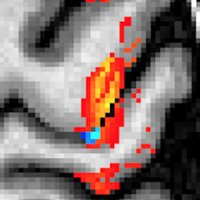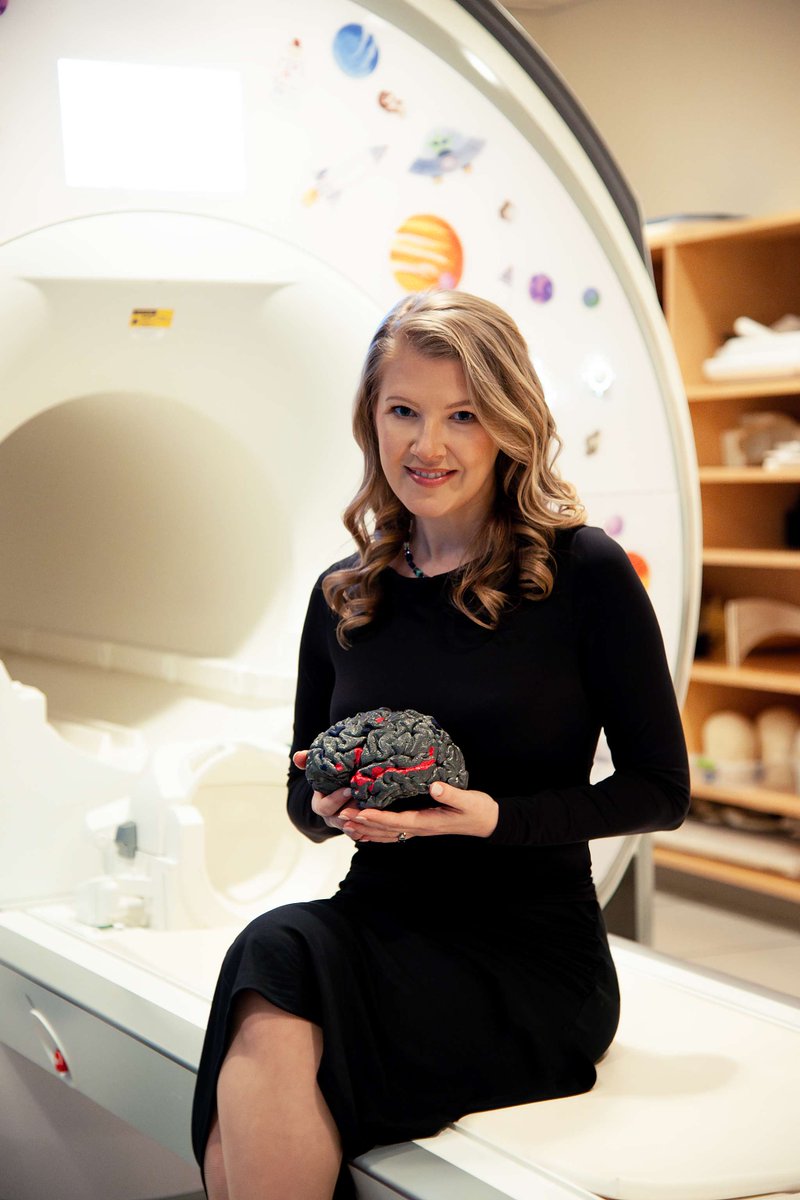
Cory Shain
@coryshain
Language in minds, brains, and machines. Linguistics faculty @Stanford. He/him.
ID: 730444577824460800
https://climblab.org/ 11-05-2016 17:08:53
1,1K Tweet
2,2K Followers
750 Following

Super excited about Cory's Cory Shain work showing that you can recover the language network via func connectivity methods from ~any fMRI data. A massive effort using all the data ever collected in my lab from neurotypical participants! Go, Cory!


🚨 I’m hosting a Student Researcher Google DeepMind! Join us on the Autonomous Assistants team (led by Edward Grefenstette ) to explore multi-agent communication—how agents learn to interact, coordinate, and solve tasks together. DM me for details!

As a child growing up in the former Soviet Union, Ev (like in 'evidence', not Eve) Fedorenko 🇺🇦 studied English, French, German, Polish, and Spanish. Today she is is working to decipher the internal structure and functions of the brain’s language-processing machinery. news.mit.edu/2025/evelina-f…

Excited to share new work on the language system! Using a large fMRI dataset (n=772) we comprehensively search for language-selective regions across the brain. w/Aaron Wright, Ben Lipkin, and Ev (like in 'evidence', not Eve) Fedorenko 🇺🇦 Link to the preprint: biorxiv.org/content/10.110… Thread below!👇🧵

There are a number of permanent positions available in Glasgow, UK. This includes a professorship for 7T and layer-fMRI work. nature.com/naturecareers/… posted on behalf of Lars Muckli now at: larsmuckli.bsky.social

Accepting the first of two 2025 Troland Research Awards is Evelina Fedorenko of MIT Brain and Cognitive Sciences, for groundbreaking contributions and insights into the language network in the human brain. 🧠 #NASaward #NAS162 Watch now: ow.ly/R6gP50VIsih





I’ve been fascinated lately by the question: what kinds of capabilities might base LLMs lose when they are aligned? i.e. where can alignment make models WORSE? I’ve been looking into this with Christopher Potts and here's one piece of the answer: randomness and creativity




BabyLMs first constructions: new study on usage-based language acquisition in LMs w/ Leonie Weissweiler, Cory Shain. Simple interventions show that LMs trained on cognitively plausible data acquire diverse constructions (cxns) babyLM 🧵

New study from the lab! Joshua Rozner (w/Leonie Weissweiler) shows that human-scale LMs still learn surprisingly sophisticated things about English syntax.

